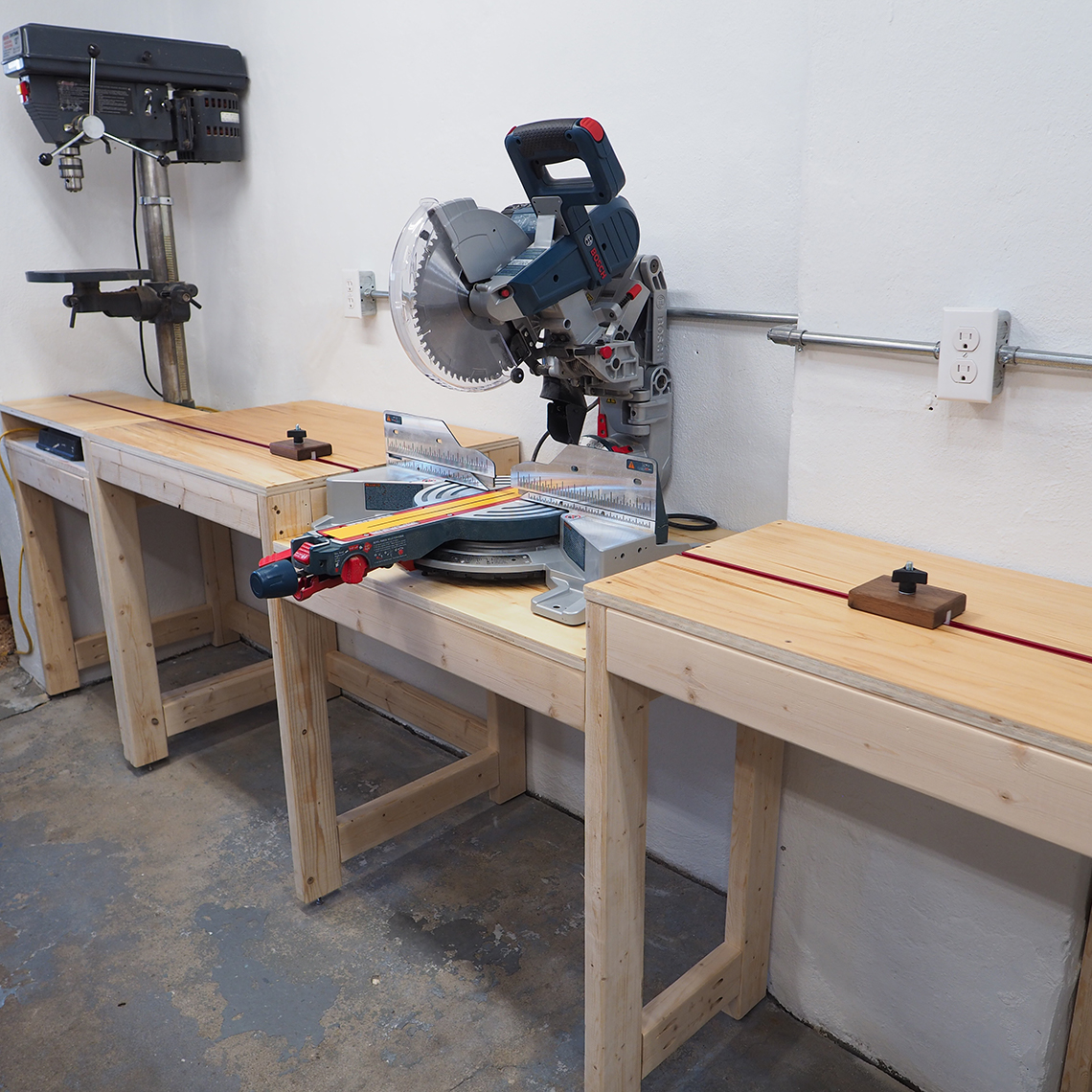

The hinge brackets are glued and screwed onto the upper support arms:

Using the fence and stop block on my drill press table makes this easy to do:įour identical brackets to fit in the notches. The placement of these holes is critical, in that all of the hinge brackets need to be exactly the same. The brackets that hold the upper support arms on are drilled with a 1″ hole. These notches are not strictly necessary, but don’t take much time and make the parts look less bulky and more professional. The shoulder cut is done with the blade up the right height, using my sliding table fence.Ī miter gauge or table saw sled can be used as well. This will not be seen and really has no effect on the strength of the part. This is the top, and the bottom will have a slight over-cut from the curve of the blade. Here I’m making the cheek cut to the line I have drawn on the part: The upper support arms need notches in one end for plywood brackets. Some more well seasoned framing lumber is used to make the parts for the upper support arms: I end up with four pieces, the shorter ones are for the pivot point between leg sets.īuying dowels off the shelf is also possible, and for an extra sturdy stand, 3/4″ steel pipe can be used. When I’m happy with the fit, I finish the cut. The first two inches is done as a test, to make sure the dowel is the right size. The locations for 1″ holes are laid out and drilled on the drill press:ġ″ dowel rod connects the leg sets together, and here I’m making my own with a 1/2″ round over bit in the router table: They are then cut to length, with the correct angle on the ends. To start off, I have cut some regular framing lumber down to size and planed it to a uniform thickness: Here’s a short video showing what I came up with: It would also have to have a simple side support table for longer stock. It would have to be light, not bulky, and small enough to go in the trunk (or back seat) of the average car. It would have to fold up compact, but still be strong enough to support my saw adequately. With this project I set out to make a stand that meets my needs and my expectations for trouble-free use. Having a stand that is easy to transport (near or far) and convenient to set up and tear down, usually means it will get used a lot more. Some are better than others, as far as build and design quality goes, and some are not as compact when folded or as light-weight. For the most part, they aren’t giving these stands away, and they are not inexpensive. There are some generic stands as well, that will fit most of the That’s where a well designed miter saw stand comes in.Ī lot of the better saws on the market have a stand available to buy, that is more or less custom made for that particular model. With this mobility, it really isn’t complete without a convenient way to set it up quickly to make cuts in a comfortable manner. Its portability makes it great for jobs where it’s not practical to move the material to the saw – the saw goes to the material and the job, whether that’s inside or out.


 0 kommentar(er)
0 kommentar(er)
